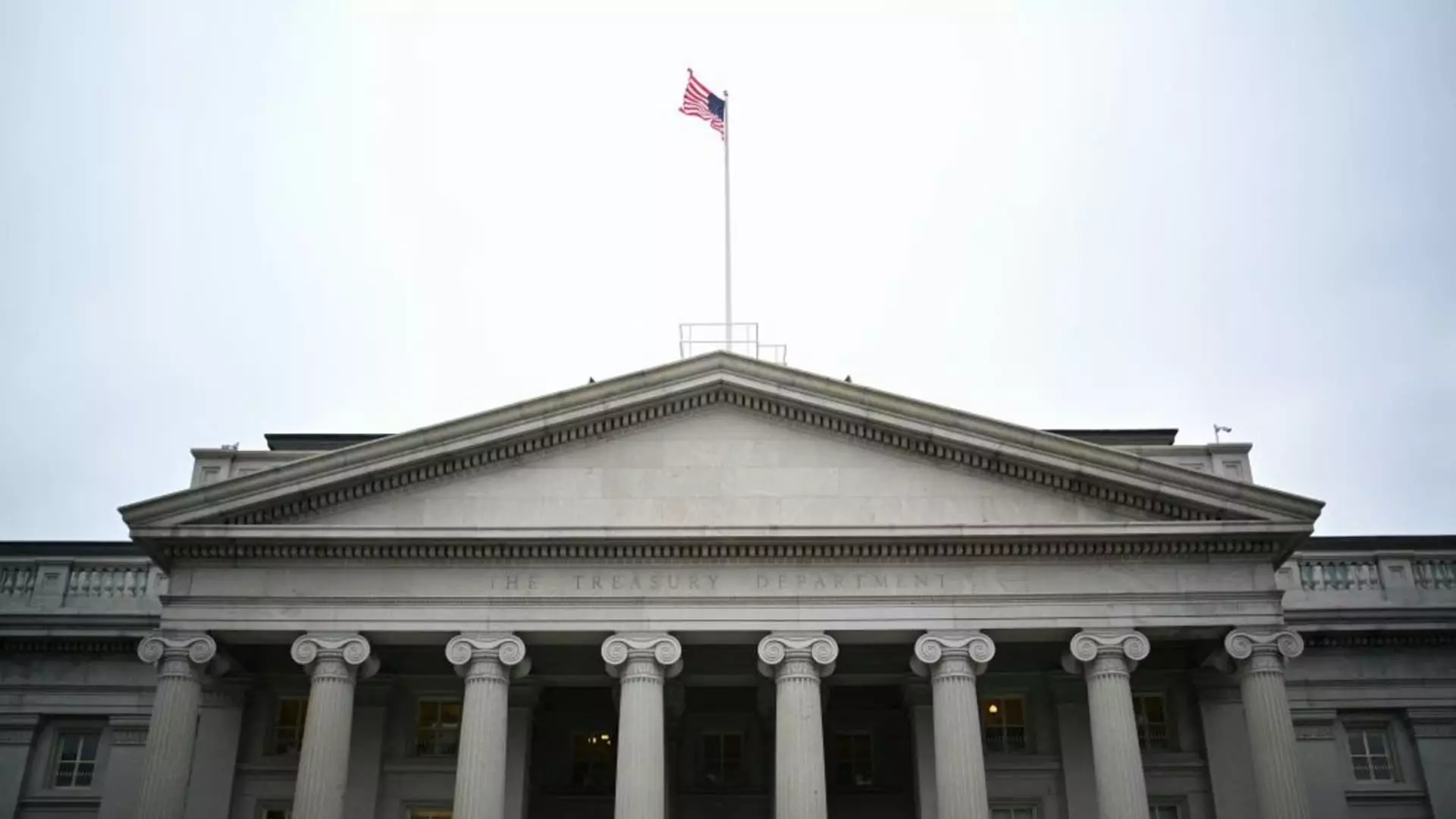The U.S. Department of the Treasury has recently made headlines by announcing updated rates for Series I bonds, which are designed to provide a hedge against inflation. From November 1, 2023, to April 30, 2025, the new annual interest rate for newly purchased I bonds will be set at 3.11%. This is a notable decline compared to the 4.28% yield that investors enjoyed from May to October of this year, and significantly lower than the peak of 9.62% recorded in May 2022. The current rate consists of a variable component of 1.90% alongside a fixed component of 1.20%, marking a decrease from the 1.30% fixed rate announced earlier this year.
I bonds are unique financial instruments that consist of both fixed and variable rates. The variable rate is contingent upon inflation and remains unchanged for six months following the purchase date, while the fixed rate is constant over the life of the bond. This structure allows investors an element of predictability in uncertain economic climates. It is essential to understand how these rates work together, forming what is known as the I bond “composite rate,” which influences the overall returns on the investment. With inflation at the forefront of economic discussions, these bonds serve as a popular choice among conservative investors looking to maintain their purchasing power.
The downward trend in I bond yields after a historic high poses questions regarding their attractiveness to new investors. While the current rates are substantially lower than previous highs, experts suggest that the fixed rate element still holds appeal, particularly for those with a long-term investment horizon. Many investors are lured by the fixed rate’s stability, which can serve as a reliable source of income regardless of market shifts or inflationary pressures. Even though the fixed rate has fallen, its resistance to fluctuations allows it to provide a safety net for investors seeking less volatility in their portfolios.
For current I bond holders, it is crucial to note how and when their rates will adjust. The Treasury announces new rates every May and November, and these changes have direct implications based on the original purchase date. For instance, if an investor purchased I bonds in September 2024 at the initial rate of 2.96%, they would see their variable rate adjusted to 1.90% after six months. However, the fixed component would remain consistent at 1.30%, effectively giving that investor a composite rate of 3.2%. Such intricacies highlight the importance of timing and strategic planning when investing in I bonds.
While the recent adjustments to Series I bond rates may seem discouraging given their historical performance, the unique characteristics of these securities can still make them a worthy consideration for informed investors. Understanding the mechanics behind the variable and fixed rates can greatly enhance one’s financial strategy amidst the fluctuating economic landscape.

